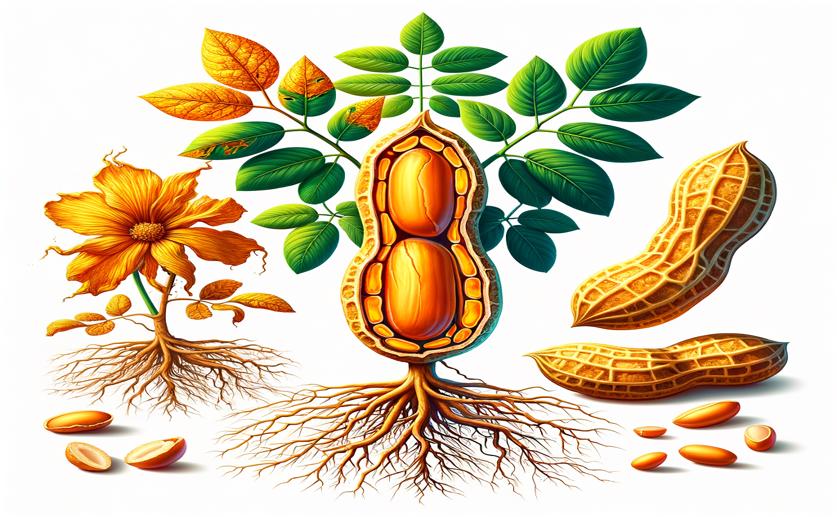
Understanding Carotenoid Breakdown Genes in Peanuts Under Stress
Jim Crocker
15th May, 2024

Image Source: Natural Science News, 2024
Key Findings
- Researchers at the University of the Punjab identified 24 AhCCO genes in peanuts, classifying them into two subgroups
- 23 out of the 24 AhCCO genes are regulated by 29 miRNAs, highlighting the role of miRNAs in gene expression
- AhCCO genes are linked to light, stress development, drought stress, and hormone responsiveness, crucial for developing resilient crops
References
Main Study
1) Genome wide analysis of carotenoid cleavage oxygenases (CCO) gene family in Arachis hypogaea (peanut) under biotic stress
Published 14th May, 2024
https://doi.org/10.1186/s12864-024-10351-w
Related Studies
2) Characterization of three members of the Arabidopsis carotenoid cleavage dioxygenase family demonstrates the divergent roles of this multifunctional enzyme family.
Journal: The Plant journal : for cell and molecular biology, Issue: Vol 45, Issue 6, Mar 2006
3) Genome-wide identification, characterization and expression analysis of the carotenoid cleavage oxygenase (CCO) gene family in Saccharum.
4) Genome-wide analysis of carotenoid cleavage oxygenase genes and their responses to various phytohormones and abiotic stresses in apple (Malus domestica).
5) Abscisic Acid synthesis and response.



 12th May, 2024 | Jenn Hoskins
12th May, 2024 | Jenn Hoskins